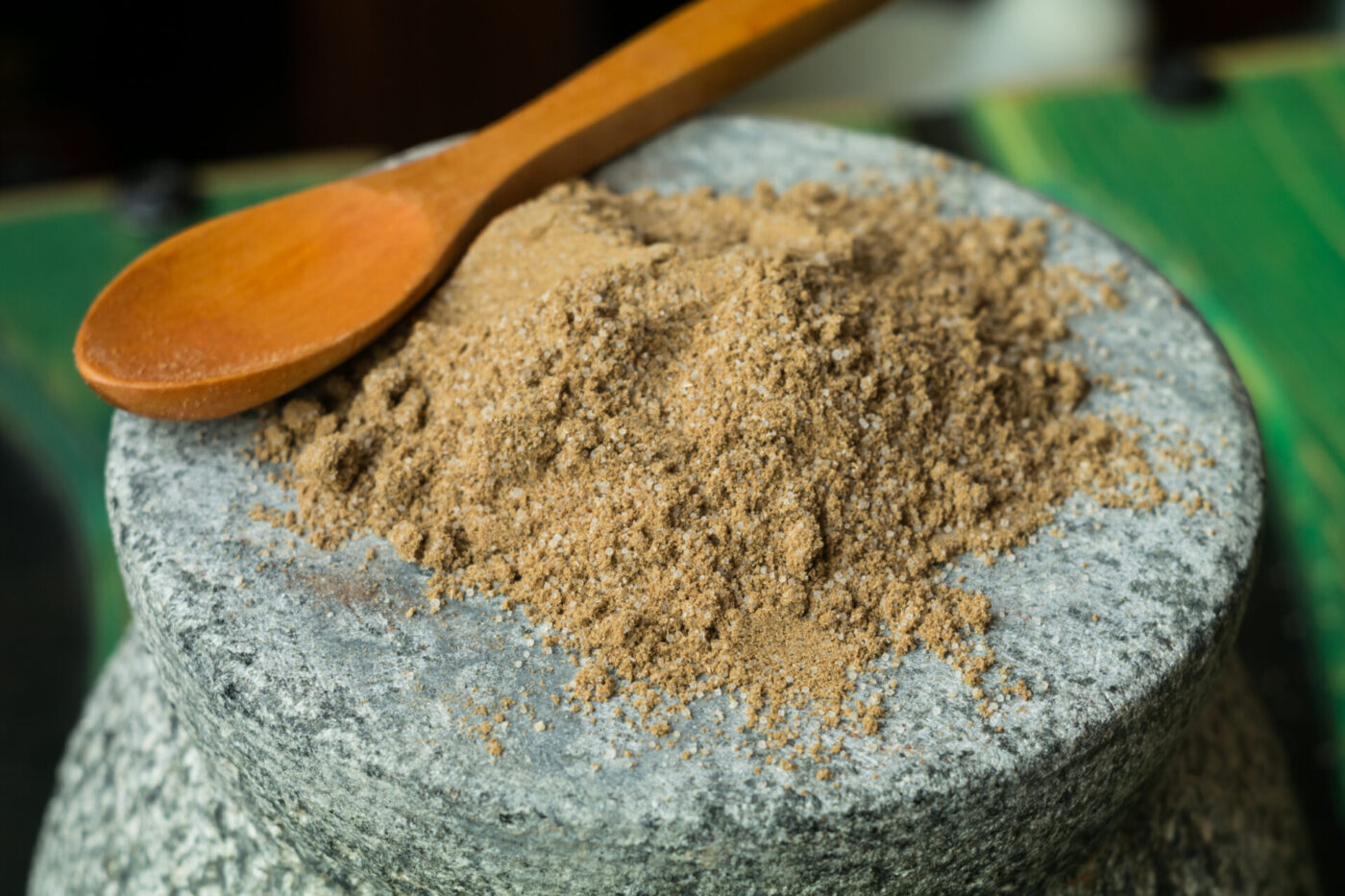History of Celery Salt
Its roots can be traced back to ancient Egypt, where celery was cultivated for both culinary and medicinal purposes. The use of celery seeds as a seasoning spread throughout the Mediterranean and eventually reached Europe. By the 19th century, celery salt had become a popular ingredient in American kitchens, valued for its convenience and flavor-enhancing properties.
From Ancient Remedy to Culinary Staple: The Story of Celery Salt
This unassuming blend of ground celery seeds and salt, might seem like a humble addition to your spice rack. But behind its simple appearance lies a rich history that stretches back millennia, intertwined with ancient civilizations, culinary innovation, and the evolution of flavor.
Celery’s Ancient Roots
Our journey begins with celery itself, a plant with a long and storied past. Evidence suggests that celery was cultivated in ancient times, prized not only for its culinary uses but also for its medicinal properties. Ancient cultures used celery in various rituals and as a remedy for different ailments. The plant’s aromatic properties and distinctive flavor made it a sought-after ingredient in ancient kitchens and apothecaries.
The Rise of the Seed
While the stalks and leaves of celery were widely used, it was the tiny seeds that held the concentrated essence of the plant’s flavor. These seeds, packed with essential oils, became a valuable commodity, used to flavor dishes and create medicinal concoctions.
Over time, resourceful cooks discovered that grinding these seeds and combining them with salt created a versatile seasoning that could enhance a wide range of dishes. This marked the birth of celery salt, a simple yet powerful blend that would become a staple in kitchens around the world.
Celery Salt Through the Ages
Its popularity grew throughout the centuries, finding its way into various culinary traditions. It was used to season soups, stews, and sauces, adding a savory depth and complexity to dishes. Its distinctive flavor also made it a popular addition to pickles, relishes, and other preserved foods.
As culinary practices evolved and ingredients became more widely available, celery salt experienced a surge in popularity. Commercial production began, making it a common household ingredient and solidifying its place as a culinary essential.
Celery Salt Today
Today, it remains a beloved ingredient in kitchens around the world. Its versatility and unique flavor make it a favorite among chefs and home cooks alike. It’s used to season everything from salads and roasted vegetables to soups, stews, and even popcorn.
While commercially produced celery salt is widely available, many people enjoy making their own by grinding celery seeds and mixing them with salt. This allows for control over the quality and ratio of ingredients, creating a personalized blend that suits individual tastes.
More Than Just a Seasoning
Its appeal extends beyond its culinary uses. It’s also recognized for its potential health benefits. Celery seeds are a good source of antioxidants and may have anti-inflammatory properties. They’re also naturally high in nitrates, which can help lower blood pressure and improve athletic performance.
In Conclusion
This seemingly simple blend, has a rich and fascinating history that spans centuries and continents. From its ancient origins as a medicinal herb to its modern-day role as a culinary staple, celery salt has proven its versatility and enduring appeal. So the next time you reach for that unassuming jar of celery salt, take a moment to appreciate its journey through time and the unique flavor it brings to your culinary creations.

Share
Click on the icons below to share "Title of the item to share"